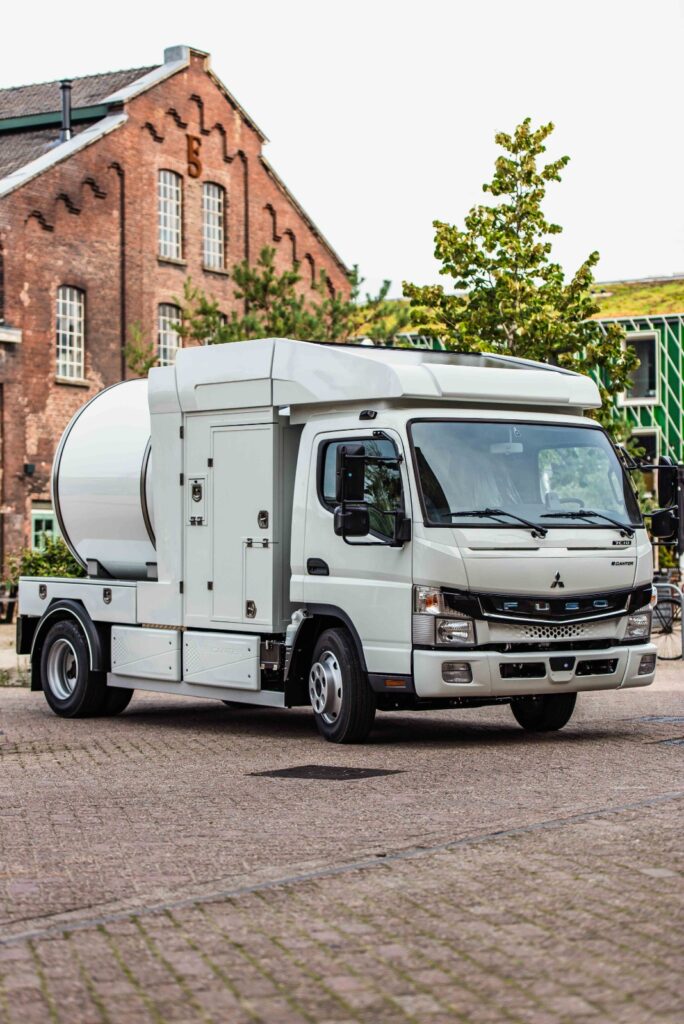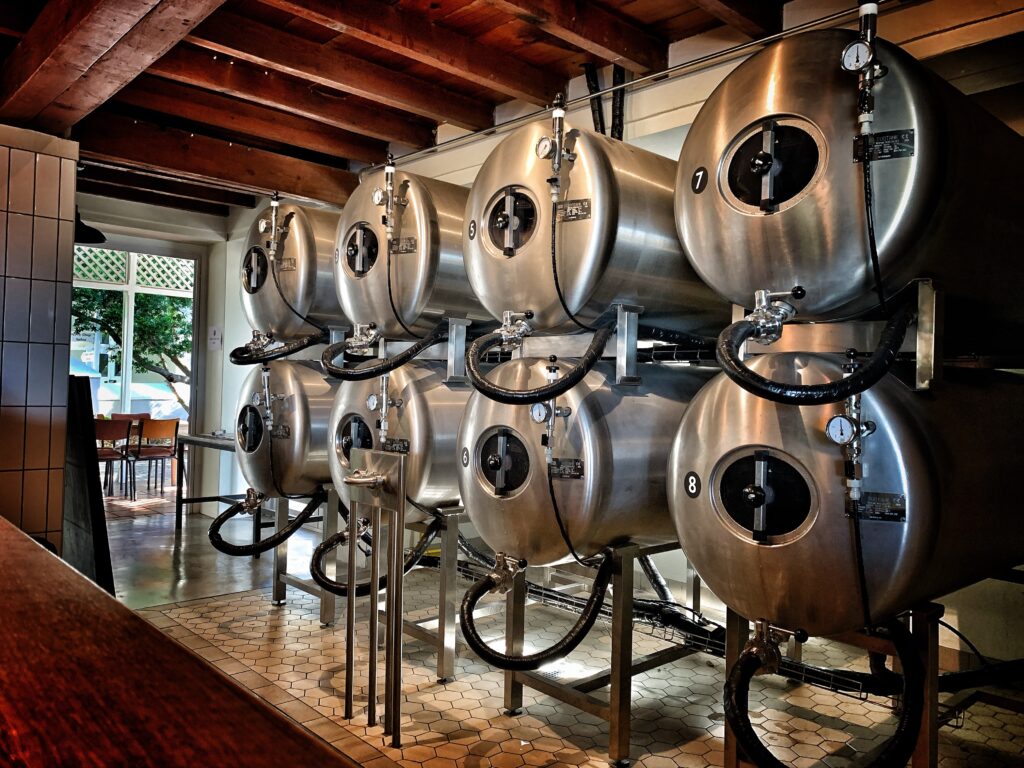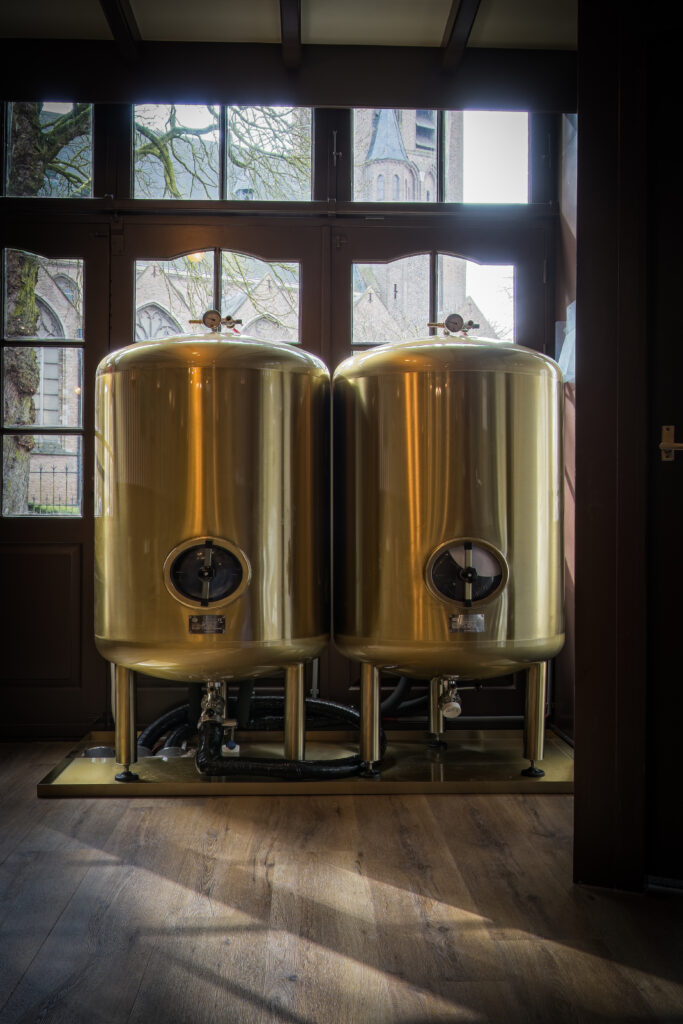Maintaining the correct temperature is essential to ensuring the highest quality beer and delivering an exceptional consumer experience. Temperature is a critical factor influencing the overall integrity and flavor of the beer. While traditional keg systems often face challenges in maintaining consistent temperature control, tankbeer systems are designed to excel in this regard.
In this blog, we will explore how tankbeer systems achieve superior temperature management and why they represent a significant advancement in beer dispensing technology.
Transport
The initial stage of any tankbeer system is the transportation of beer from the brewery to the venue. Crucially, temperature control begins at this very step, ensuring the beer maintains its quality throughout the journey.
Beer is transported using either insulated transport tanks or specialized beer trucks equipped with integrated cooling systems. Insulated transport tanks are designed to maintain the beer’s temperature without the need for active cooling. Due to their robust insulation and the thermal stability provided by the beer’s mass, the temperature typically increases by only one degree Celsius over a 24-hour period.
For larger-scale operations, tankbeer trucks with active cooling systems offer an even higher level of temperature precision. These trucks are equipped to actively cool the beer during transit, ensuring that the ideal temperature is consistently maintained from the brewery to the point of delivery.


During storage
Once the beer is transferred from the transport system to the venue’s storage tanks, temperature control is seamlessly managed by the tankbeer system. At this stage, there are two main options for maintaining the correct beer temperature: single-wall tanks housed in a cold room or insulated and actively cooled tanks.
Single-wall tanks rely on their placement in a controlled cold room environment to maintain the optimal beer temperature. The ambient cold air ensures that the tanks and their contents remain at the desired serving temperature.
In contrast, insulated and actively cooled tanks offer greater flexibility and can be placed in various locations outside of a dedicated cold room. These tanks maintain the beer’s temperature through a combination of insulation and active cooling. Copper cooling coils are mounted on the inner tank and covered with insulation foam, providing efficient temperature regulation. These coils are connected to a standard water or glycol cooling system, ensuring the beer remains consistently chilled.
For more detailed insights into the different types of tanks and their features, read this blog.
From the tank to the tap
The foundation for serving perfectly chilled beer is established during the earlier stages of transport and storage. However, maintaining the beer’s temperature as it travels from the tank to the tap is equally critical. This is where tankbeer systems employ the use of “pythons.”
A python is an insulated bundle consisting of beer lines paired with cooling lines, all encased in a layer of insulation foam. This configuration ensures that the beer remains at its optimal serving temperature, even when the distance between the storage tank and the tap is significant.
By using pythons, tankbeer systems effectively preserve the quality and temperature of the beer, delivering a consistent and enjoyable experience for the consumer.

